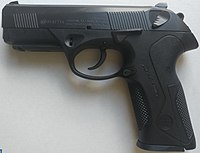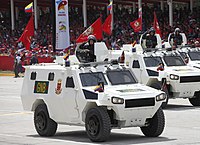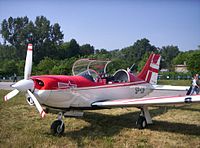Small arms
| Model | Image | Caliber | Type | Origin | Notes |
|---|---|---|---|---|---|
| Beretta Px4 Storm |  | 9×19mm Parabellum | Semi-automatic pistol | Unknown number: Service period unknown.[ citation needed ] | |
| FN FAL | | 7.62×51mm NATO | Battle rifle | Unknown number: Service period unknown.[ citation needed ] Reported to be replaced with the AK-103. | |
| MPi-KMS-72 |  | Assault rifle | Unknown number: Service period unknown.[ citation needed ] | ||
| FN FNC |  | 5.56×45mm NATO | Assault rifle | Unknown number: Service period unknown.[ citation needed ] Used by GNB commandos.[ citation needed ] | |
| Walther G22 |  | .22 Long Rifle | Unknown number: Service period unknown.[ citation needed ] | ||
| AK-103 |  | 7.62×39mm | Assault rifle | 100.000+: Purchased in 2006 with ammunition for $52 million. Two contracts signed in 2006 for $474.6 million to produce AK-103s [1] |






